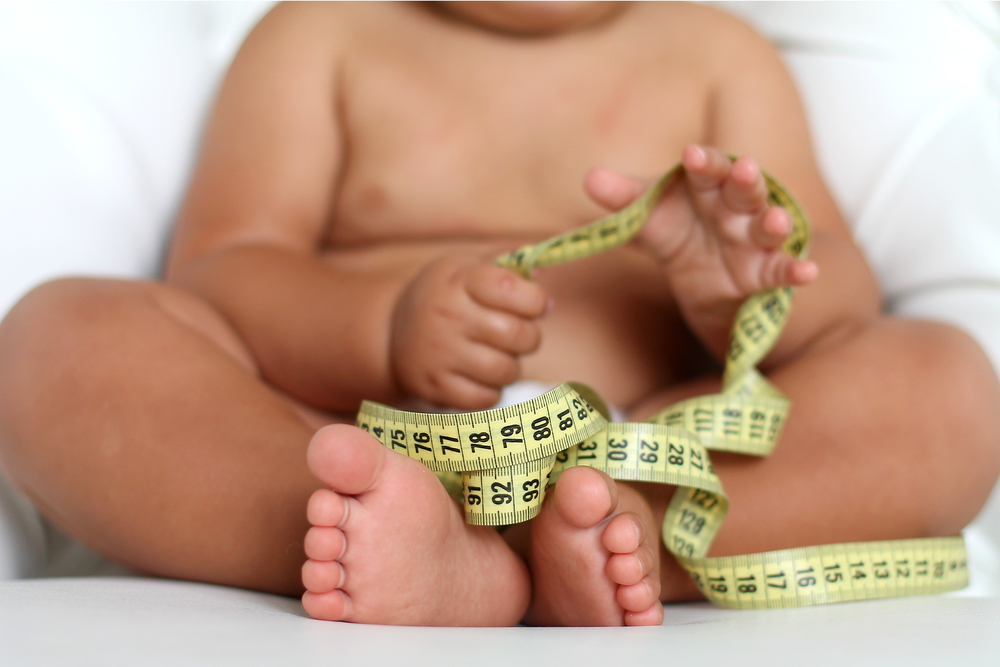Obese Children With SMA May Be at Risk for Insulin Resistance, Glucose Intolerance

Scientists granted initial funding worth $50,000 from Cure SMA recently published a study that found obese children suffering from SMA Type 2 had a higher risk of developing impaired glucose tolerance, regardless of their degree of visual obesity. The lead investigators of the study, “Responses to Fasting and Glucose Loading in a Cohort of Well Children with Spinal Muscular Atrophy Type II,” believe further studies are needed to strengthen these findings, which are now available in the journal Pediatrics.
The study’s lead investigators are Rebecca Hurst Davis and Kathy Swoboda, and its co-authors Elizabeth A. Miller and Ren Zhe Zhang.
A follow-up study on the relationship between SMA, childhood obesity, and glucose intolerance will soon be underway thanks to a second research grant from Cure SMA, also worth $50,000, awarded in 2014 to Davis, the organization announced in a press release. Future studies will focus on better understanding the link between these factors and how best to manage insulin resistant or glucose intolerant SMA patients.
In line with Cure SMA’s commitment to help improve the lives of SMA patients through clinical research, the organization recently announced a clinical care request for proposals (RFP), calling on researchers to send in fresh and promising ideas for research projects that have a focus on SMA’s clinical, psychological, and social issues. Applications will be stringently reviewed by Cure SMA’s Medical Advisory Council before being shortlisted to receive clinical care grants, expected to be awarded before the end of 2015.
Although it has been shown that muscle size does not change in children with SMA types 2 and 3, this new study suggests that ultrasound may be an important tool for clinicians who see SMA patients, since it can detect changes in muscle size in children with the more severe SMA type 1.







